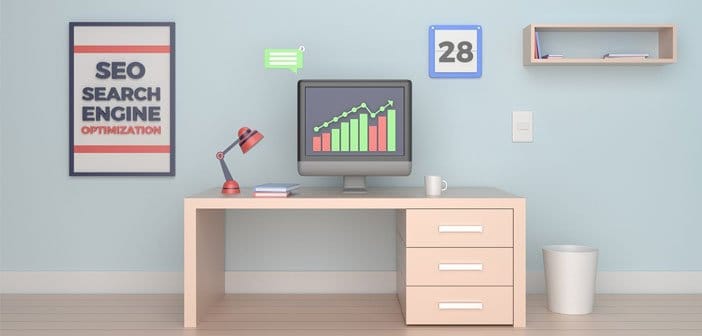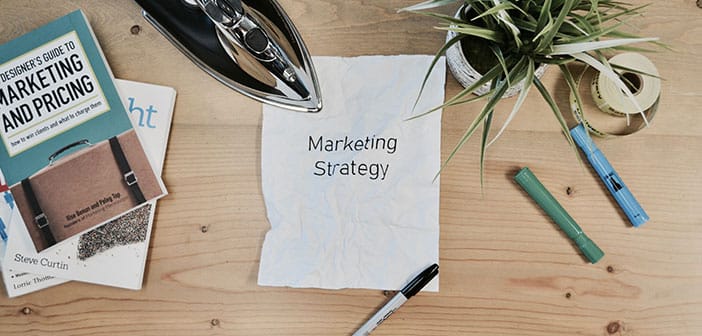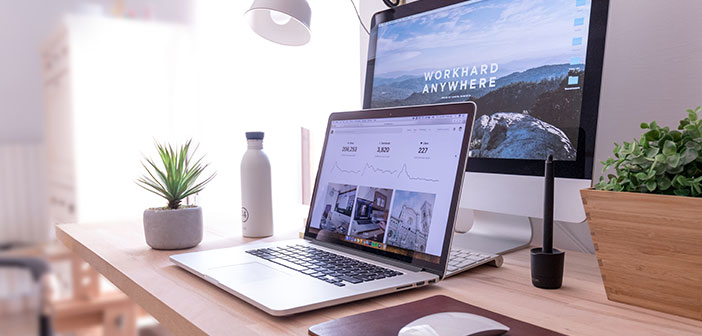A professional and User friendly WordPress theme is the key to driving traffic to your website site.
By using the multitude of functionalities available and attractive themes, this will get you a foothold and take heed of what your competitors are doing. As a rule, take a look at a fixed number of sites first, let’s say ten. Make a conscious list of what you like and dislike about them.
Using this approach, what you had visualised in your head, you will get to see if others are already using similar ideas and whether they look and feel effective to you. Remember although you will look to use successful sites as a benchmark, you or your team must have enough knowledge of WordPress to be able to use the information and visuals gathered and take it to the next level. You will want to stand out from the competition and raise the bar, don’t forget some of the most effective products and solutions on the market come from taking someone’s idea that already works and merely advancing it.
With WordPress, there is no one-size-fits-all. Creativity is vital for your marketing objectives to be at the forefront of your decision making. SEO optimisation must be at the top of your list. A site that has synergy between the UX and UI while complimenting the SEO strategy will put you a path to success where rankings will benefit.
SEO and Web Design – How to make them work together using WordPress
The design of the site and the aesthetics, in general, will make it attractive to the reader and the SEO needs to get you to point where they will see you in the first place, so they have to complement each other on various levels.
The web design is crucial to helping the SEO side of the business, although sometimes the two sides don’t see eye to eye and feel their side is more important than the other, they aren’t you can’t have one without the other.
Designed with Social Media in Mind
Although Social Media and Google don’t relate directly, Google does rate the importance of social media presence on websites. With traffic to social media increasing constantly this can be a useful resource for driving traffic to the site.
Google can pick up on the extent of content being shared on social media as an indicator as to the quality of the content. Albeit social media does not correlate with the Google algorithm it has an influence based upon the activity rates acting as a guideline to quality.
The inclusion of social media buttons within the web design facilitating the transition between the platforms will add credibility, attention and can reflect positively on search rankings.
Device Accessibility
Ensure when choosing the WordPress theme or design that you give accessibility to all devices:
- Desktop
- Laptop
- Mobile
- All browsers
This is to ensure you don’t exclude any audience and maximise your outreach to increase traffic and conversions, your primary goals. Navigation must be seamless, if it is difficult not only will you lose readers but Google will punish you. Also, ensure navigation does not slow your load-up speed down as again not just frustration for the reader but not favourable to Google. For high UX ratings ensure your design is unformed for all devices.
User-friendly URL’s are Advantageous
Look to indicate the nature of your business within your URL; this enables not just the reader but also the search engines to judge your relevance.
Immediately a user will know if the site could potentially be useful to them
Try to pick the most descriptive links in the URL and also try to avoid using underscores or hyphens to separate words.
Take Imagery Seriously
We talk about optimisation when it comes to keywords in content, but this equally applies to imagery, your content must engage and so to must, your visual imagery. Include vivid modern images and be sure to optimise them. The basis of Image optimisation is to ensure the images are compressed and resized without compromising its resolution whereby it affects the load-up speed. There are way too many beautiful easy-on-the-eye websites out there that have got it all wrong when it comes to loading speeds that are investing heavily in SEO services but can’t break through due to resolution and imagery issues. Don’t compromise – Optimise.
Keyword Placement Strategy
Loading your content full of keywords is not the way to achieve your long-term goals. Placing them strategically through your website is, making them easy to attract the search engines. It is not just text in the body that is important, look to spread them throughout the site. Use the URL, and title tags, Meta descriptions and H2 tags, you have many opportunities to place them to help your SEO.
Conclusion
As time goes by it is becoming more apparent that just optimising one or two aspects of a website is just not enough. All elements of a new site need to support each other for SEO to be effective. Follow these useful tips and you although you’ll be starting at the back of the pack, you won’t be there for long.











